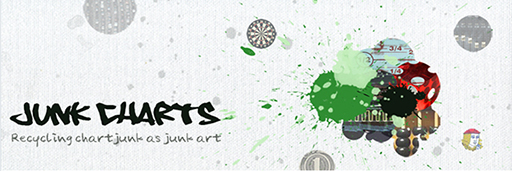4.1 Assessing the quality of infographics
A quick Google search will return many rubrics and checklists for assessing the quality of an infographic. Common among them are the following evaluation criteria:
- Relevance of the infographic to any related research reports.
- The authority/credibility of the infographic author, or of any connected institution.
- Accuracy of the data. It is important that sources are listed for any data or knowledge claims referred to in an infographic that reports research, as this allows you to cross reference with the original data.
- Apparent purpose of the infographic and whether this is realised in its design.
- Tone of the infographic (e.g. humorous, cynical, neutral, serious) and whether this is appropriate to its apparent purpose.
- Content of the infographic, including the use of charts, colour, text and images.
- Clarity of the infographic layout. Is it easy to follow? Typically, a good infographic might start with broader claims or statements and present data that gradually narrows in focus and adds more detail.
- Aesthetic considerations. How does the infographic present information? Is it visually pleasing? Does it achieve an emotional effect that complements the message being conveyed? Does the emotional effect actually contradict the apparent message?
Natalia Karbasova, a student on Alberto Cairo’s Introduction to Infographics and Data Visualization MOOC [Tip: hold Ctrl and click a link to open it in a new tab. (Hide tip)] (which is no longer available for study), has published some useful notes on the topic in her blog post ‘How to evaluate infographics’. Drawing on Cairo’s MOOC, Karbasova suggests asking:
- Is this infographic really ‘functional’ in the sense of facilitating basic, predictable tasks (comparing, relating variables, etc.)? If not, how could it be improved?
- Does it tell a story? What are the most important or surprising points in the data? Can we highlight them somehow? What do the data mean? What kind of headlines, intro copy, and labels could it include to make it meaningful for a broad audience?
- What other variables (if any) should be gathered/analyzed if we want to give an accurate portrait of the topic the graphic covers? Could we go beyond what is currently presented? Can we provide a better context for the data?
The Junk Charts Trifecta Checkup (Fung, n.d.) offers a rather different way to critically engage with infographics and data visualisations (Figure 6). It involves three evaluation queries, for which the author, Kaiser Fung, proposes the answers should be one and the same:
- What is the question?
- What does the data say?
- What does the visual say?

